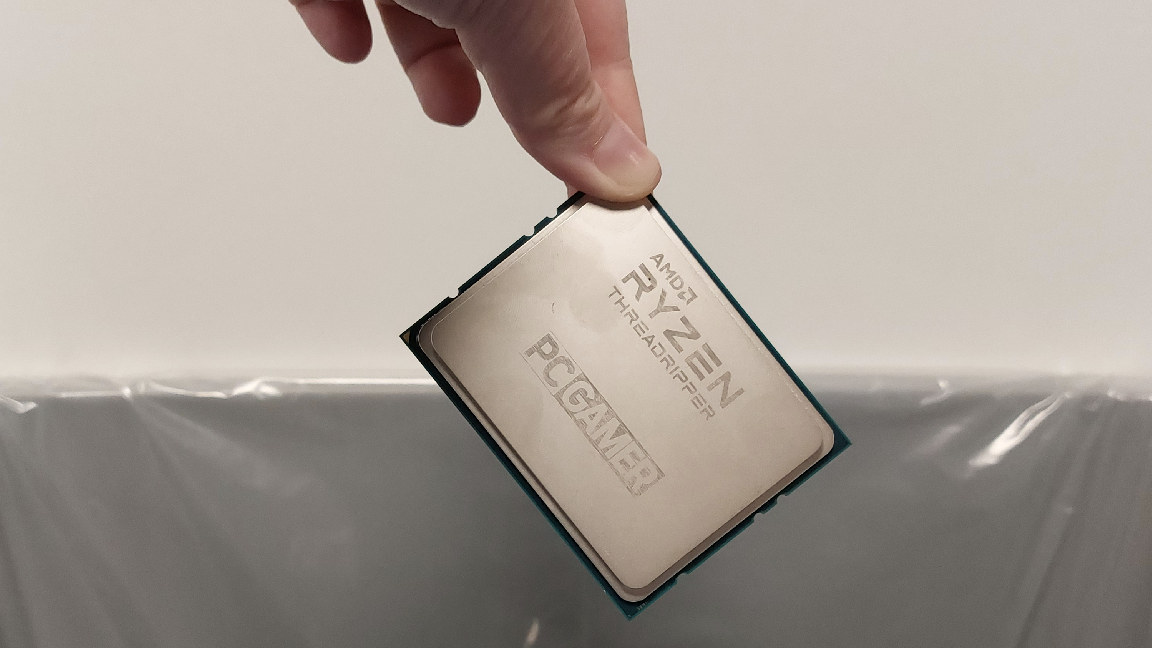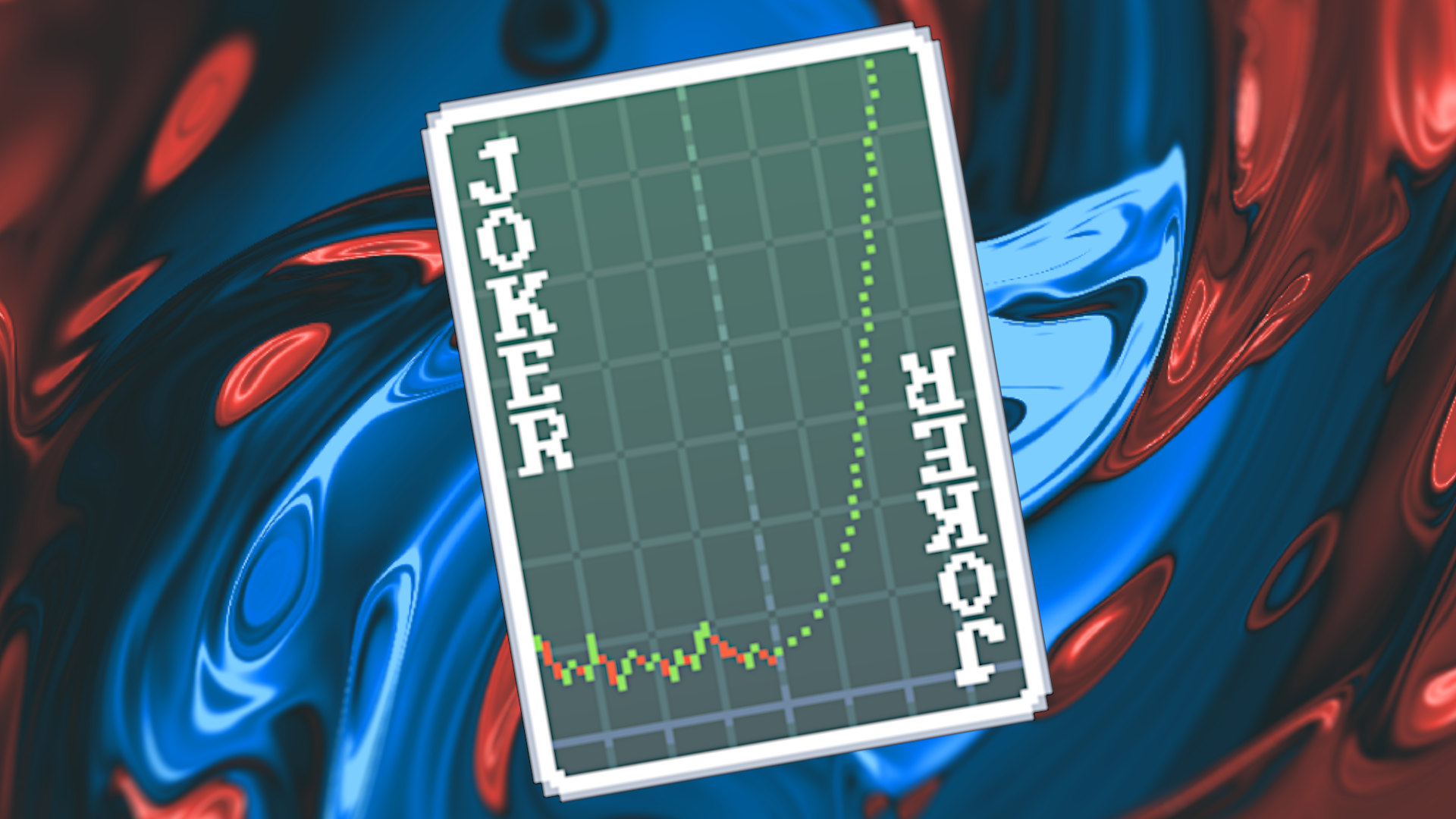Do you feel that in the air? It’s the collective excitement brewing for next-gen gaming PC platforms. And with it, the possibility of a full system upgrade that could benefit from such a drive as the Lexar NM790.
We already have some AMD Zen 5 CPUs, but we’re also on the lookout for a possible 9000-series X3D chip such as the rumored 9800X3D, and we’re certainly looking out for Intel Arrow Lake CPUs which are hopefully right around the corner.
Then, of course, there are the upcoming Nvidia Blackwell graphics cards, such as the apparent RTX 5080 and 5090 which can’t seem to keep themselves out of leaky benchmarks. In other words, there’s an entirely new hardware generation just around the corner.
What should one do with all this? Well, many gamers will be looking to build new rigs. There are plenty of folks out there hanging on to aging components, and a new CPU and GPU generation is a great excuse for a full overhaul.
This doesn’t mean everything has to be bleeding-edge, however. There’s one PC component that doesn’t need to be cutting-edge or next-gen, and it’s the SSD. PCIe 4.0 SSDs are still perfectly reasonable and should be for some time.
If I were building a fresh rig right now I’d opt for the Lexar NM790, given that it’s currently on sale at Amazon for $75 (save $25) for the 1 TB version or $140 (save $50) for the 2 TB version. Those are 25% and 26% discounts, respectively, which put both versions at the top end of the value chart, as far as I’m concerned.
To be clear, this is the SSD I currently use in my own rig, and it’s also the one we rate as the best budget NVMe SSD for gaming. It’s a snappy little SSD for a more than reasonable price, even at full whack.
Yes, it’s cache-less, but that doesn’t mean much these days. SSDs tend to use a portion of their TLC DRAM as a pseudo-SLC cache, which should allow for speedy operation even with file transfers of up to about a quarter of the drive’s full capacity. Which covers almost all use cases. And DRAM’s pretty irrelevant for gaming, too, because gaming is read-heavy.
All this is to say, the NM790 achieves a low cost without sacrificing much that anyone will care about. And it does this while maintaining some pretty fast speeds. PCIe 5.0 drives still aren’t worth it—although strides are being made, we’re still a way off recommending them to most average users—and the NM790’s 7,400 MB/s read and 6,500 MB/s PCIe 4.0 speeds are plenty speedy for day-to-day use. Speaking to my own experience, now, I’ve never been bottlenecked by the NM790’s speed.
It’s a fantastic budget SSD to consider if you’re looking towards a new build for a next-gen CPU or GPU. I’d opt for the 2 TB version, myself, because this will give you much more wiggle-room for game installs, but the 1 TB version is a great jumping-off point for a budget build.



